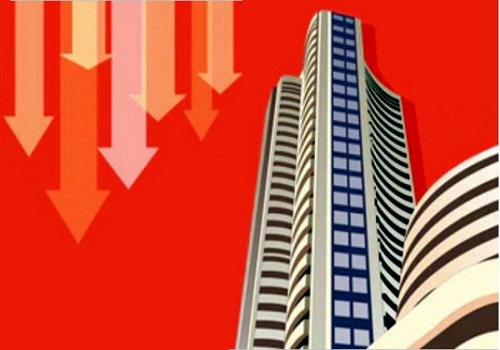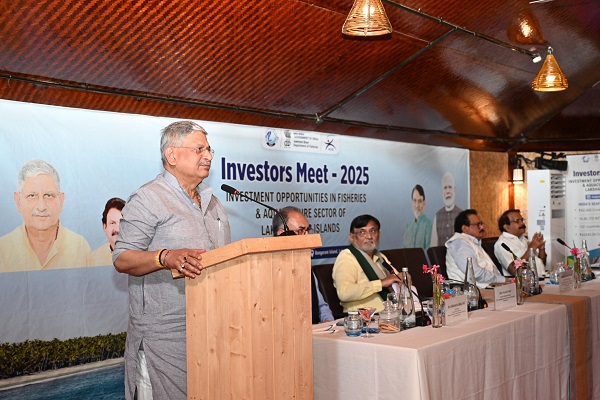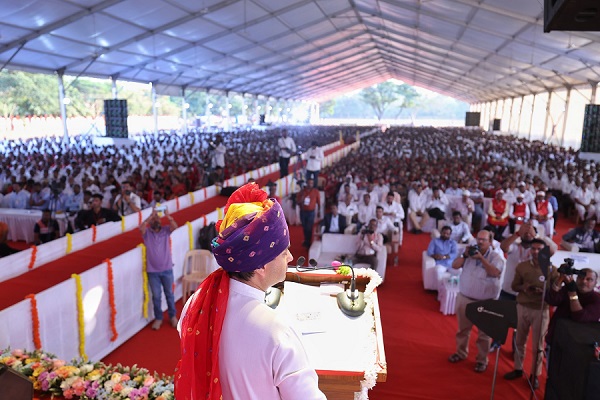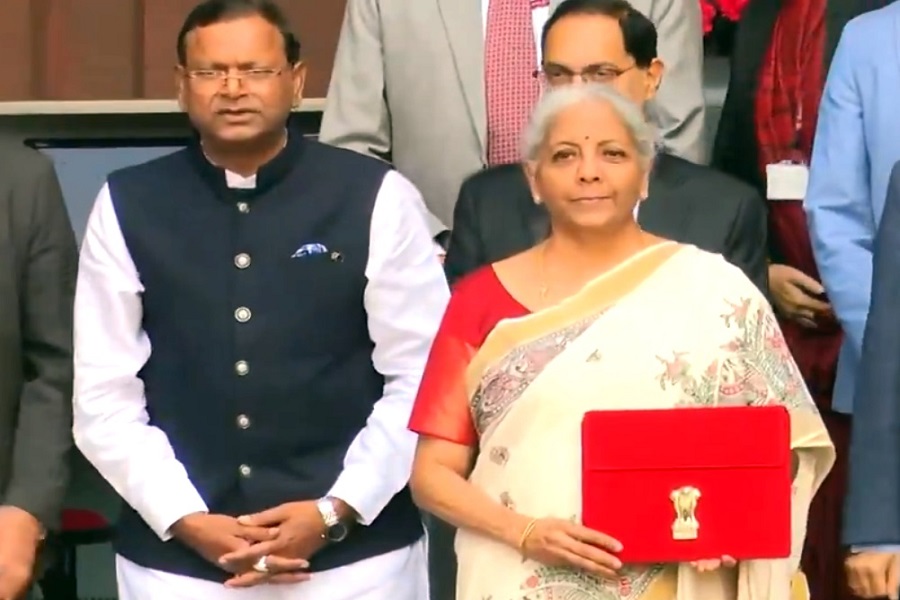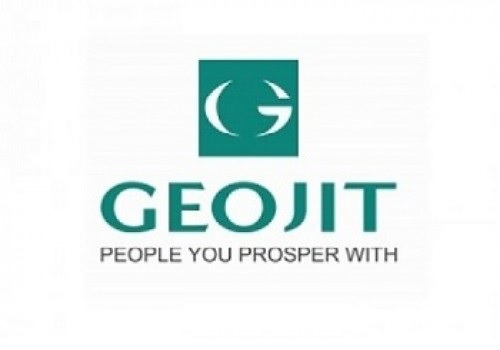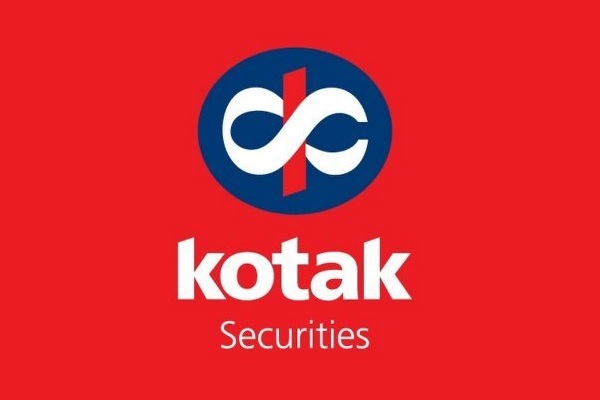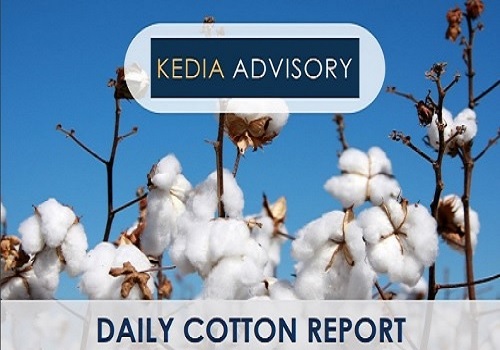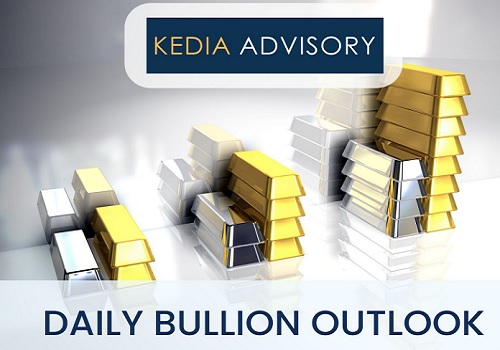India's Business Growth Slips to 6-Month Low in November by Amit Gupta, Kedia Advisory

India’s private sector growth cooled to a six-month low in November, with the HSBC Flash Composite PMI easing to 59.9 from 60.4 in October. Weaker manufacturing activity—falling to a nine-month low of 57.4—offset an improvement in services. Heavy rains, subdued new orders, and global pricing pressures slowed factory output, while new export orders rose at the weakest pace since March amid punitive 50% U.S. tariffs. The trade deficit widened sharply, prompting the government to announce a $5 billion support plan. Business optimism slipped to the lowest since July 2022, though easing inflation boosted expectations of an RBI rate cut next month.
Key Highlights
* Composite PMI fell to 59.9, a six-month low in November.
* Manufacturing PMI dropped to 57.4, the weakest in nine months.
* U.S. tariffs and weak global demand hit export orders.
* Services PMI improved to 59.5, cushioning overall slowdown.
* Cooling inflation increases chances of an RBI rate cut next month.
India’s private sector activity lost momentum in November, with overall business growth easing to a six-month low amid a pronounced slowdown in manufacturing. The HSBC Flash India Composite PMI, compiled by S&P Global, slipped to 59.9, down from 60.4 in October. Although the index remains well above the 50-point threshold indicating expansion, this marks the third consecutive moderation, signaling a gradual cooling in economic momentum.
The manufacturing sector drove the deceleration, with the Flash Manufacturing PMI dropping sharply to 57.4, its lowest reading in nine months. Surveyed firms reported weaker new business inflows, citing heavy rainfall disruptions, subdued domestic demand in select sectors, and intense price competition from global rivals. Production growth slowed to its weakest level since May.
In contrast, the services sector continued to provide resilience. The Services PMI rose to 59.5 from 58.9, supported by improved client activity and firmer domestic demand. However, export order growth slowed significantly across the private sector, rising at the weakest pace since March. The report highlighted that 50% U.S. tariffs on Indian goods are weighing heavily on international orders.
India’s merchandise trade deficit recently hit a record high, with exports to the U.S. falling nearly 9% year-on-year. To counter the impact, the government announced a $5 billion support package that includes credit guarantees and loan assistance for affected sectors.
Business sentiment weakened further, with year-ahead optimism at its lowest since July 2022. Job creation also slowed to a pace not seen in over 18 months.
On a positive note, inflationary pressures eased sharply, with input cost inflation at a five-year low and output price inflation at an eight-month low—strengthening expectations of an RBI rate cut in December.
Finally, despite steady services activity, weakening manufacturing, soft exports, and fading optimism point to cooling momentum, even as easing inflation strengthens expectations of an RBI rate cut soon.
Above views are of the author and not of the website kindly read disclaimer
